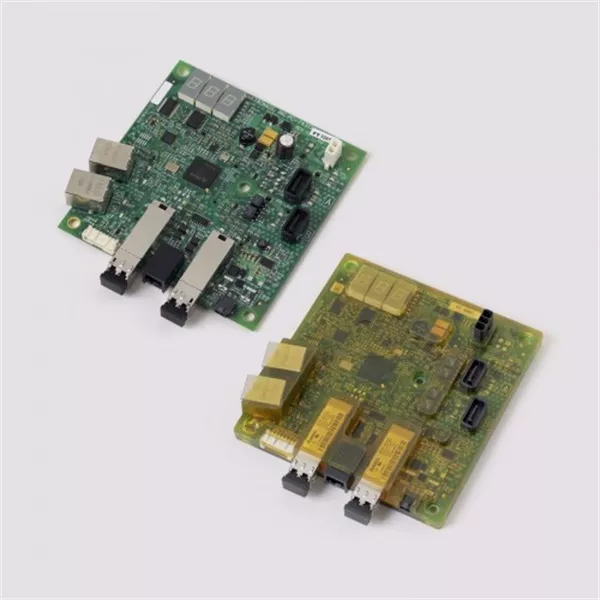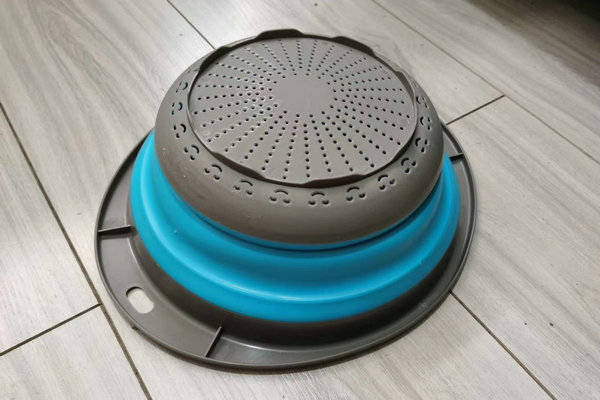- About US
- Capabilities
Solutions
CNC Machining
- Industries
- Resources
What are the benefits of the low pressure overmolding process?
In conventional injection molding, thermoplastic materials are melted at high temperatures, injected into a metal mold at very high pressure, and then cooled to harden. Traditional injection molding is typically used to make many individual parts. The thermoplastic cures and molds around any part in the mold but does not adhere to the part or form a permanent bond.
Low-pressure injection molding, as opposed to traditional high-pressure injection molding, uses low-temperature, low-pressure injection molding. Ky chemical’s low-pressure molding materials have a softening point range of 110°C to 210°C and an injection pressure of only 15 to 40 Pa. polyamide hot-melt pellets for low-pressure molding, have no true melting point; instead, they have a relatively wide softening and glassing range. Once sufficiently softened, they maintain a certain melt viscosity and can form a permanent bond with the part. The manufacturer places the part to be sealed into a specially designed mold and then injects the polyamide material into the cavity, closing and bonding it to the part. The low-pressure molding material cools quickly, with a cooling molding time between 10 and 50 seconds. The newly encapsulated part can be removed from the mold and used immediately. The process is gentle enough for the most delicate parts, given the low temperature and pressure.

What is the low-pressure overmolding process?
Low-pressure overmolding is a process in which molten material (usually plastic or rubber) is injected at low pressure into a mold cavity containing a substrate or core component. The injected material flows and solidifies around the base material, forming a molded part that is mechanically and chemically bonded to the base material. Low-pressure injection molding (LPM) differs from traditional injection molding in that the part is molded at a lower pressure, allowing for gentle encapsulation of delicate electronic components.
The low-pressure overmolding process is often used to produce parts with complex shapes and features that cannot be produced using traditional molding processes. It is also used to manufacture parts with multiple material constructions, such as plastic housings with rubber grips.
The low-pressure over-molding process involves loading bare, unprotected PCB and cable assemblies into a precision-fabricated mold set tool and then filling the cavity with an appropriate low-pressure molding material. This effectively encloses the assembly in the desired shape, producing a sealed and protected product that can be handled and tested immediately. The LPM process is ideally suited to replace the epoxy potting process to save cycle time and reduce material consumption.
The LPM process is commonly used to manufacture consumer electronics, sporting goods, and automotive parts. It offers many advantages over traditional molding processes, including producing parts with a high level of detail and precision and bonding various materials together.
What are the advantages of low-pressure overmolding?
Typically, the substrate or part is placed in an injection molding tool where the over-molded material is injected into, into, or around the substrate. As the over-molded material cures or solidifies, the two materials are joined together as one part. There are many reasons for overmolding. One common one is: as a means of breaking up color (aesthetic impact). To provide a soft grip surface around a portion of a separate material. To add a flexible area to a rigid part. To reduce assembly line time. Instead of manufacturing the metal tool and plastic grip separately and then manually or automatically joining the two, overmold the metal tool using the plastic grip to eliminate the need for assembly. Clamp one part to the inside of the other without the use of fasteners or adhesives. In short, overmolding is commonly used to manufacture parts, subparts of parts, and prototype development.
Traditional injection molding materials require processing temperatures and pressures that can damage the product. Low-Pressure Molding (LPM) uses a very low-viscosity thermoplastic material that allows over-molding and encapsulating of even the most sensitive circuit board components. Because this material is a natural adhesive, the process is ideal for sealing circuits against dust and moisture. The low-pressure injection molding process is ideal for encapsulating precision instruments like circuit boards, data cables, automotive electronics, sensors, microswitches, inductors, antennas, and other precision components.
Low-pressure overmolding is a plastic injection molding process that involves injecting plastic material into a mold at a lower pressure than that used in conventional injection molding. The process offers several advantages over conventional injection molding, including
Improved molding accuracy: Low-pressure injection molding allows for more precise control of the molding process, resulting in more accurate and consistent parts.
Better surface finish: Low-pressure injection molding can produce parts with a higher surface finish because the lower injection pressure reduces the risk of surface defects.
Greater design flexibility: Low-pressure injection molding allows the use of more complex and intricate part designs because the low injection pressure reduces the risk of defects and makes filling thin or complex features easier.
Faster cycle times: Low-pressure injection molding typically has faster cycle times than conventional injection molding because the lower injection pressure reduces the time required to fill the mold.
Lower cost: Low-pressure injection molding is less expensive than conventional injection molding because it requires less energy and has a faster cycle time.

What areas or products are typically used in the low-pressure overmolding process?
Low-pressure overmolding is generally not a separate injection molded product. Still, a separate part is used as an insert, then molded and eventually wrapped or combined with plastic to form an integrated part.
Low injection pressure is the most obvious difference between low-pressure overmolding and traditional injection molding. The advantage of low injection pressure is that it does not easily damage the wrapped or combined parts. Some examples include
Medical devices: Low-pressure injection molding is commonly used to produce medical devices, such as catheters, syringes, and drug delivery systems because it allows for precise control and accurate sizing.
Consumer electronics: Low-pressure injection molding is used to produce a variety of consumer electronics, such as cell phone cases, headphones, and portable speakers.
Automotive parts: Low-pressure injection molding produces various automotive parts, including instrument panel components, fuel system components, and airbag sensors.
Industrial parts: Low-pressure injection molding produces various industrial parts, such as seals, gaskets, and bearings.
Packaging: Low-pressure injection molding is used to produce packaging materials, such as bottles, caps, and closures.
Toys: Low-pressure injection molding is used to produce a variety of toys, including figures and dolls.
Summary
Low-pressure overmolding replaces multi-step production operations, such as epoxy potting after plastic shell molding. Simple steps can often be achieved using low-pressure overmolding. An additional plastic shell is usually not required when a component is molded using low-pressure overmolding. Limitations of the low-pressure overmolding process: Because of the high cost of the hot melt adhesive used in low-pressure over-molding, the low-pressure overmolding injection molding process is mainly used for the encapsulation and protection of smaller precision components and is not economical for larger components. If you need a low-pressure over-molding process to produce products, you can contact us at xtmade for cooperation.

